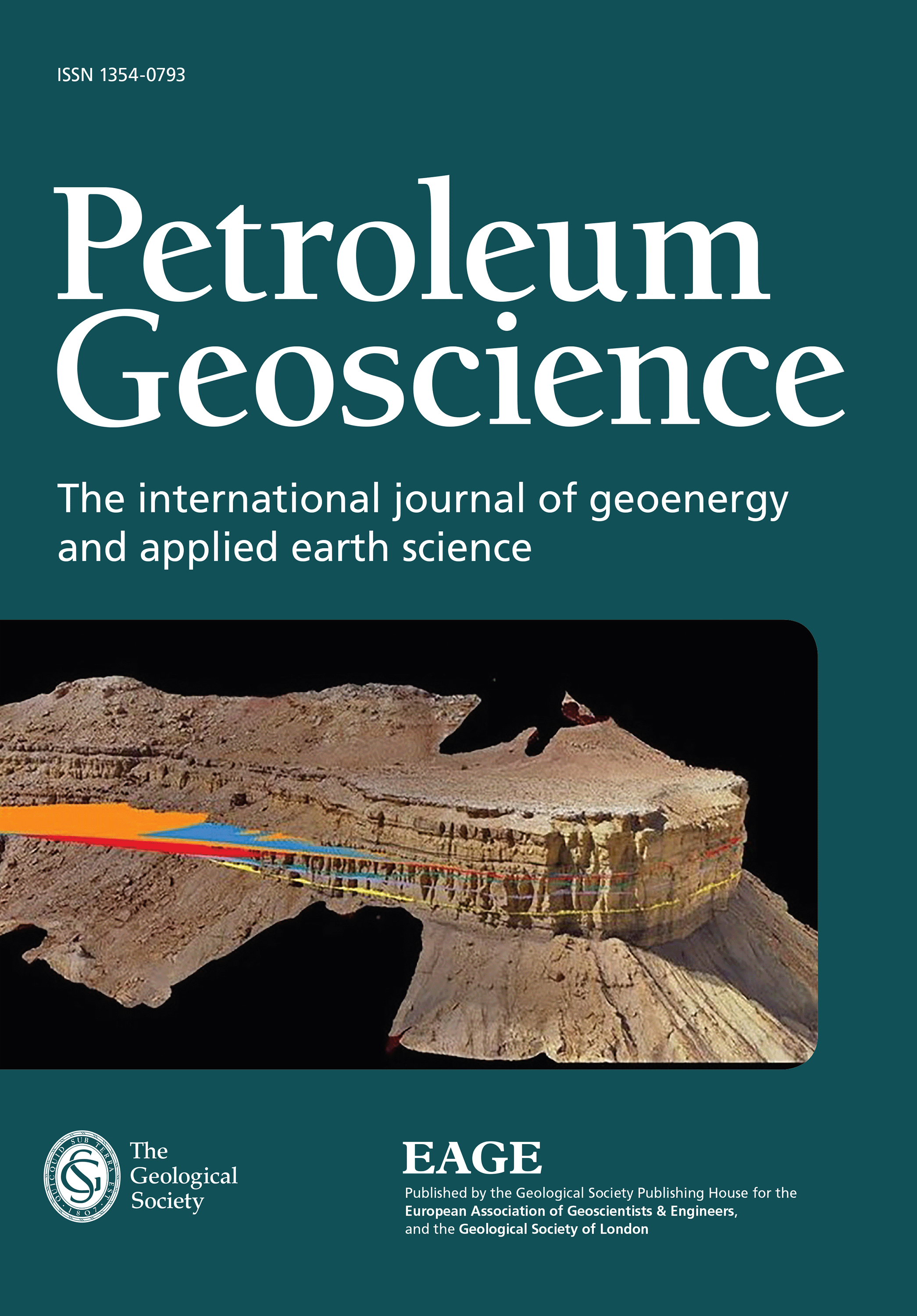-
oa Kicks and their significance in pore pressure prediction
- Source: Petroleum Geoscience, Volume 28, Issue 2, May 2022,
-
- 30 Jul 2021
- 27 Jan 2022
- 28 Jan 2022
- 21 Mar 2022
Abstract
Knowledge of subsurface formation pressures is critical for the calibration of predictions and models needed for safe drilling of deep wells, historically for oil and gas wells. The same details apply to the sequestration of CO2, ephemeral storage of gases such as hydrogen and for geothermal power. An estimated 10–14% of wells globally experience an unexpected influx of formation fluid, indicative of the controlling mud in the borehole at that time having a lower pressure than the surrounding formation. The drilling events, known as kicks and wellbore breathing, lead to, at best, downtime on the drilling rig which might affect the economic viability of the well, or in the extreme its safety with possible loss of life such as in the case of an uncontrolled blowout. Not all kicks are of equivalent value: dynamic and static kicks can be classified with a high degree of confidence and may become values for true formation pressure. Other types of fluid influx during drilling, including swab kicks and wellbore breathing, need to be identified and will not be accepted in a kick database. These types of influx may be eliminated as potential formation pressure values but, along with mud weights, can be valuable data to constrain the range of possible formation pressures, of significant where no other data exist. A new, rigorous evaluation procedure for determining formation pressure is presented, and compared with direct pore pressure measurements (e.g. RFT, MDT, RCI values). The comparison shows that the proposed methodology illustrates typical uncertainty of about 10 bar (145 psi) pressure over the full range of pressures for which data are available in this study.
Thematic collection: This article is part of the Geopressure collection available at: https://www.lyellcollection.org/cc/geopressure
[open-access]



